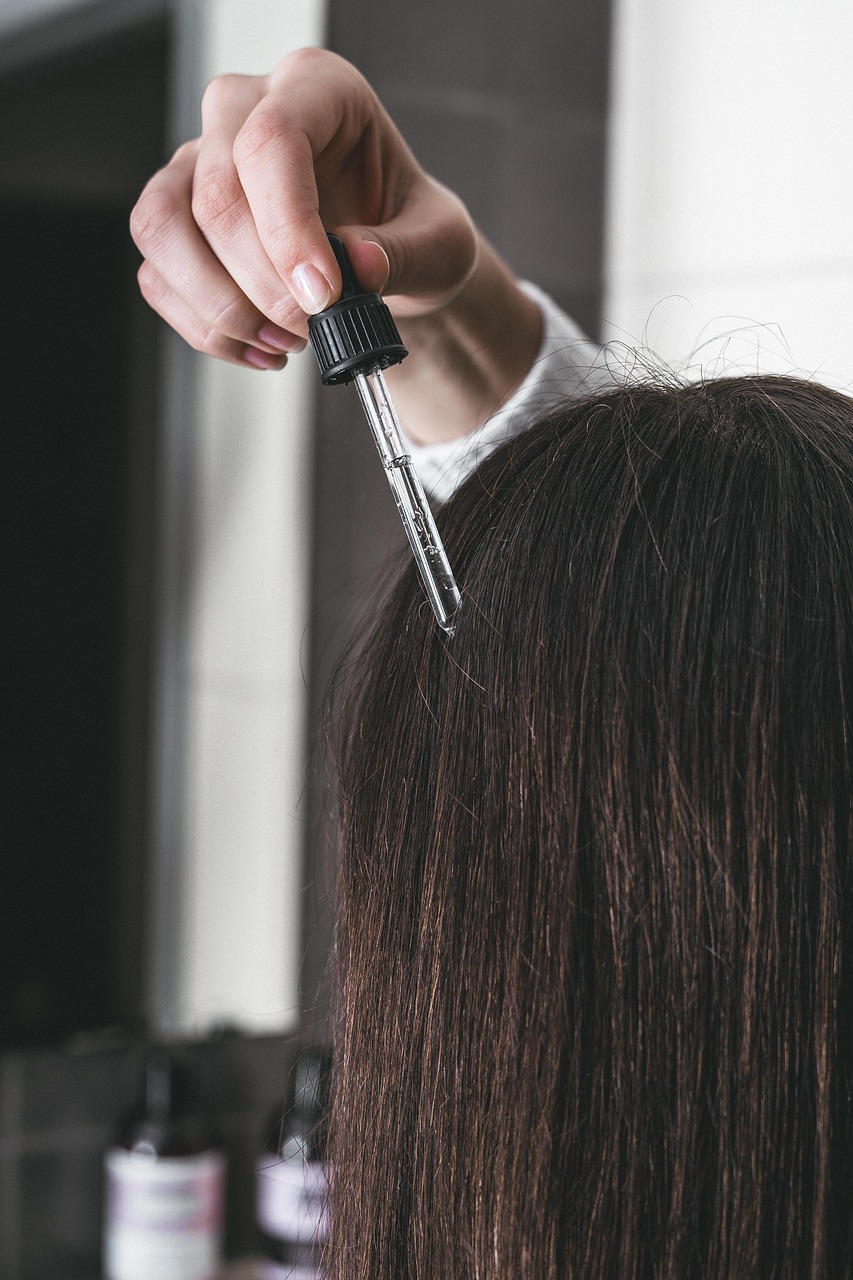A healthy scalp is the foundation of healthy hair, but if you’ve ever found yourself asking “Why does my scalp itch a day after washing?” or “How do I stop itching in braids?”; you’re not alone. Many individuals who do protective hairstyles like braids and twists encounter several scalp issues, such as dryness and buildup, as well as severe itching. The following paper explores how to care for braided hair while identifying the reasons behind scalp irritation and discussing evidence-based methods to maintain scalp health.

________________________________________
Why Does My Scalp Itch? 5 Surprising Reasons
The scalp can get extremely itchy, which is a common condition among many individuals. The major triggers of scalp irritation include the following:
1. Product Buildup
The scalp pores become clogged by heavy oils and gels, and creams, and become irritated due to improper washing.
2. Dryness
The lack of natural oils in a dry scalp causes irritation and flaking, which most people confuse with dandruff.
3. Allergic Reactions
Hair products and braid extension fibers can cause allergic contact dermatitis in people, which leads to allergic reactions and redness.
4. Sweat & Salt
The following are some common questions that many people ask, such as “Why does my scalp itch when I sweat?” Sweat contains salt, which dries out the scalp and leads to inflammation that requires proper rinsing.
5. Improper Cleansing
Do you still have doubts about why your scalp itches the day after washing? It is because you did not remove all your shampoo, or you used a product that removed too much moisture from your hair.
________________________________________
Braid-Safe Scalp Care Tips: Keep Your Scalp Fresh, Not Flaky
Protective hairstyles protect hair from breakage, yet they do not allow the hair to breathe as they trap dirt and bacteria. Here’s how to care for your scalp without ruining your style:
1. Cleanse Gently Without Disturbing Braids
You can apply a diluted sulfate-free shampoo to your scalp with an applicator bottle. The shampoo should be applied to your scalp rather than the hair, and it should be rinsed thoroughly.
2. Use a Scalp Tonic or Tea Tree Oil Spray
Tea tree oil for scalp health is backed by science. It fights inflammation and dandruff and is antimicrobial. A few drops of tea tree oil should be mixed with water or carrier oils (like jojoba or avocado oil) before application to your scalp two to three times a week.
3. Moisturize Regularly
A light, braid-safe scalp moisturizer or hydrating mist should be applied to the scalp to prevent dryness. The ingredients aloe vera, glycerin, and panthenol should be looked for in the product.
4. Don’t Tighten Braids Too Much
Tight braids = scalp trauma. A moderate tension should be applied when braiding hair, as tight braids can cause damage to the hair follicles and headaches.
5. Massage Your Scalp
Use your fingertips to stimulate blood flow and encourage healthy growth—just don’t scratch with nails!
________________________________________
How to Stop Itching Braids: Instant Relief Hacks
The following quick fixes can help alleviate scalp irritation when it becomes too intense:
• Apply Witch Hazel: Dab a bit on a cotton ball and swipe across itchy areas.
• Apply a Scalp Anti-Itch Spray that contains peppermint, eucalyptus, or salicylic acid.
• Cool Compress: Apply a cool and damp cloth to your scalp to reduce the inflammation.
• Apple Cider Vinegar Rinse: Mix 1 part ACV with 2 parts water and apply it to your scalp post-wash. It balances pH and reduces itchiness.
________________________________________
Tea Tree Oil for Scalp: Is It Safe?
Absolutely—but dilution is key. Tea tree oil is a powerful antifungal and antibacterial essential oil. If you are unsure of the correct dosage, you can either use 2–3 drops of tea tree oil in a tablespoon of a carrier oil or buy a pre-mixed formula labeled “scalp-safe.” The oil should not be applied directly to the skin because it may irritate the skin if it is too strong.
________________________________________
When to See a Dermatologist
Persistent itching, scaling, or sores may signal conditions like:
• Seborrheic dermatitis
• Scalp psoriasis
• Fungal infections
• Allergic reactions
If your symptoms don’t improve with at-home care, it’s best to consult a trichologist or dermatologist.
________________________________________
Bonus: Weekly Scalp Care Routine
Day Scalp Care Tip
Monday: Light oil massage with tea tree blend
The scalp receives misting treatment with a braid-friendly aloe-based spray on Wednesday.
The scalp gets a cleansing treatment from diluted shampoo or dry shampoo on Fridays.
The scalp needs to be treated with an ACV rinse, while cold compresses should be applied when necessary on Sundays.
________________________________________
Final Thoughts
Scalp care serves two purposes since it protects hair wellness while offering comfort benefits. The solution to braid-related itch and sweating-related scalp inflammation requires both a regular scalp care schedule with suitable braid-safe products.
A peaceful scalp maintains proper hair growth.
________________________________________
FAQ: Quick Answers to Common Scalp Questions
A scalp develops itchy sensations after braids are applied.
The three main reasons for scalp irritation stem from excessive tension combined with synthetic hair products and product residue accumulation. Use anti-itch sprays and loosen tight sections if needed.
What oils are suitable for alleviating scalp itchiness?
A combination of tea tree oil with peppermint oil and jojoba oil, and castor oil works well as scalp treatments that need to be diluted before scalp massage application.
Can the scalp receive shampooing when hair braids are present?
Yes. Apply diluted shampoo through an applicator bottle while focusing on your scalp area to prevent hair frizz.
